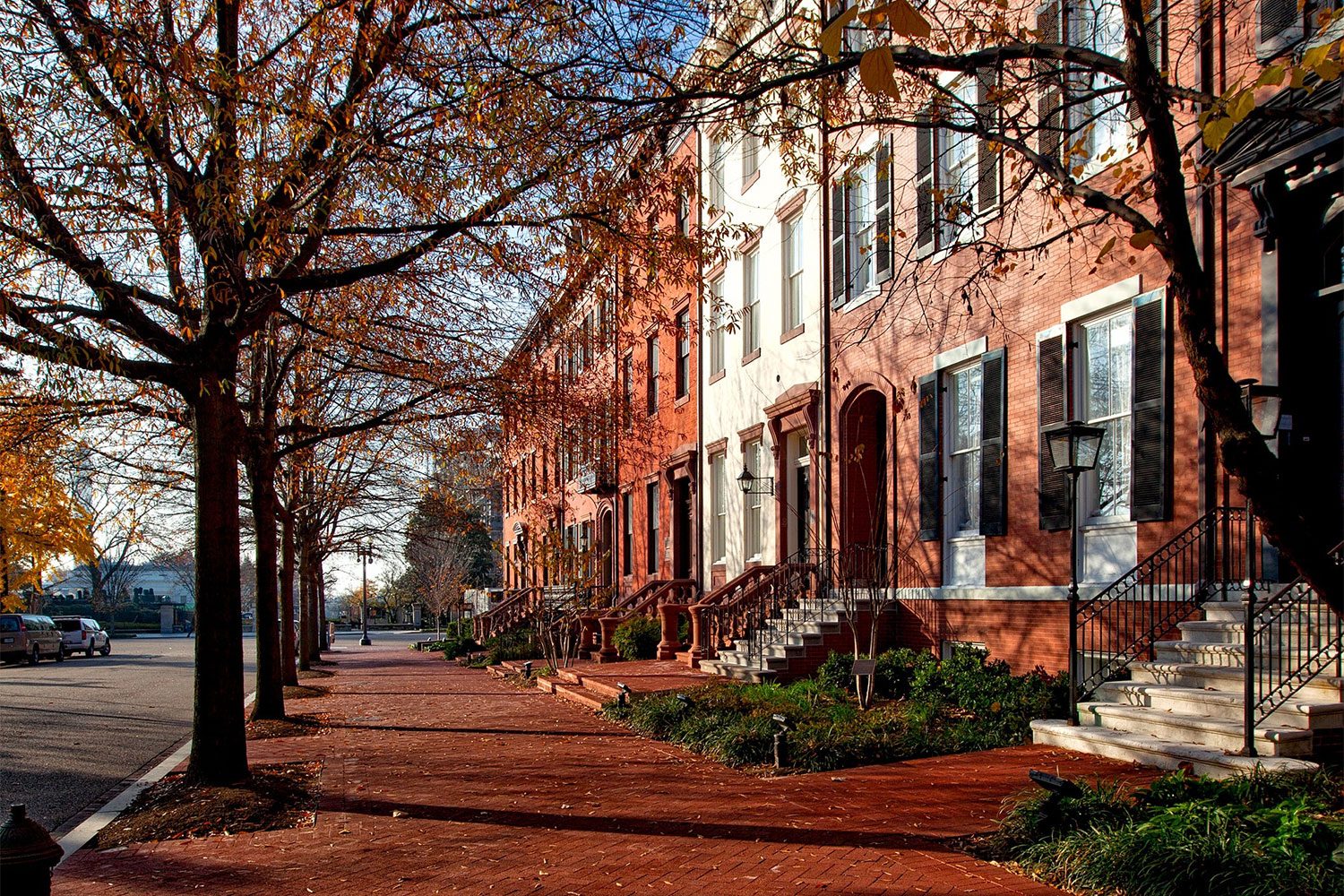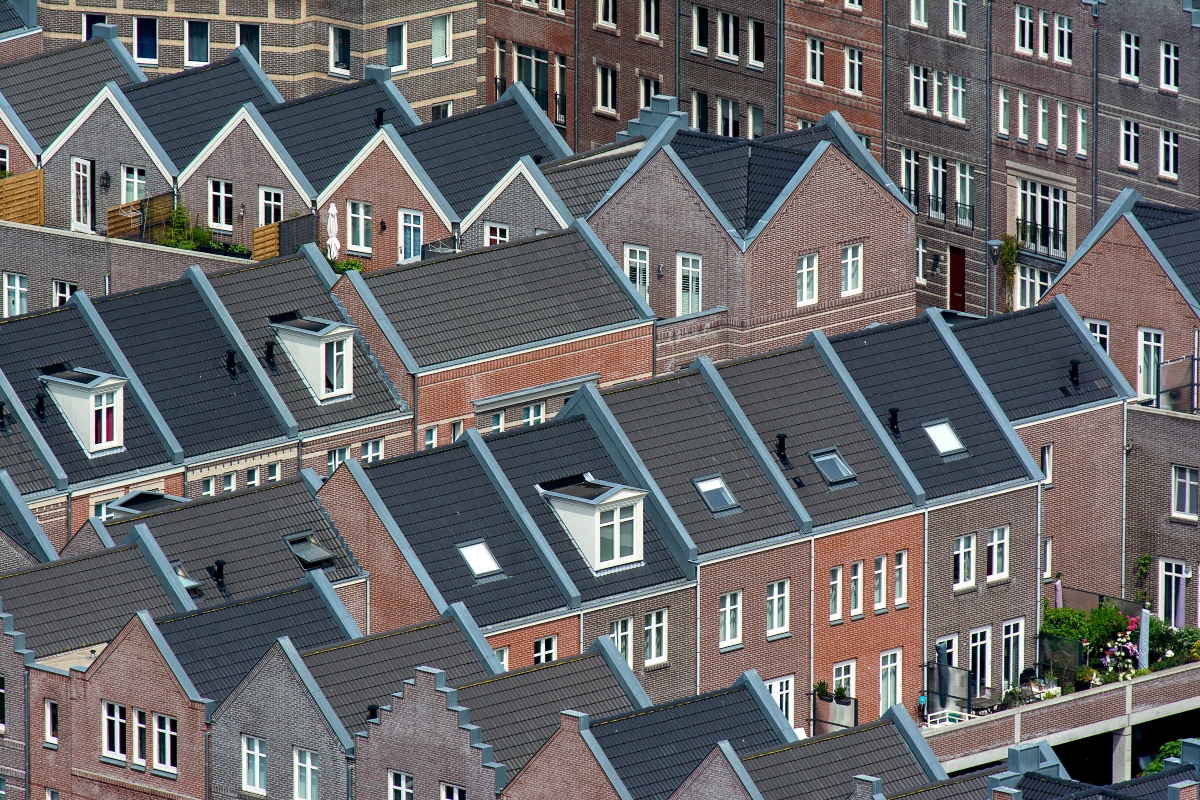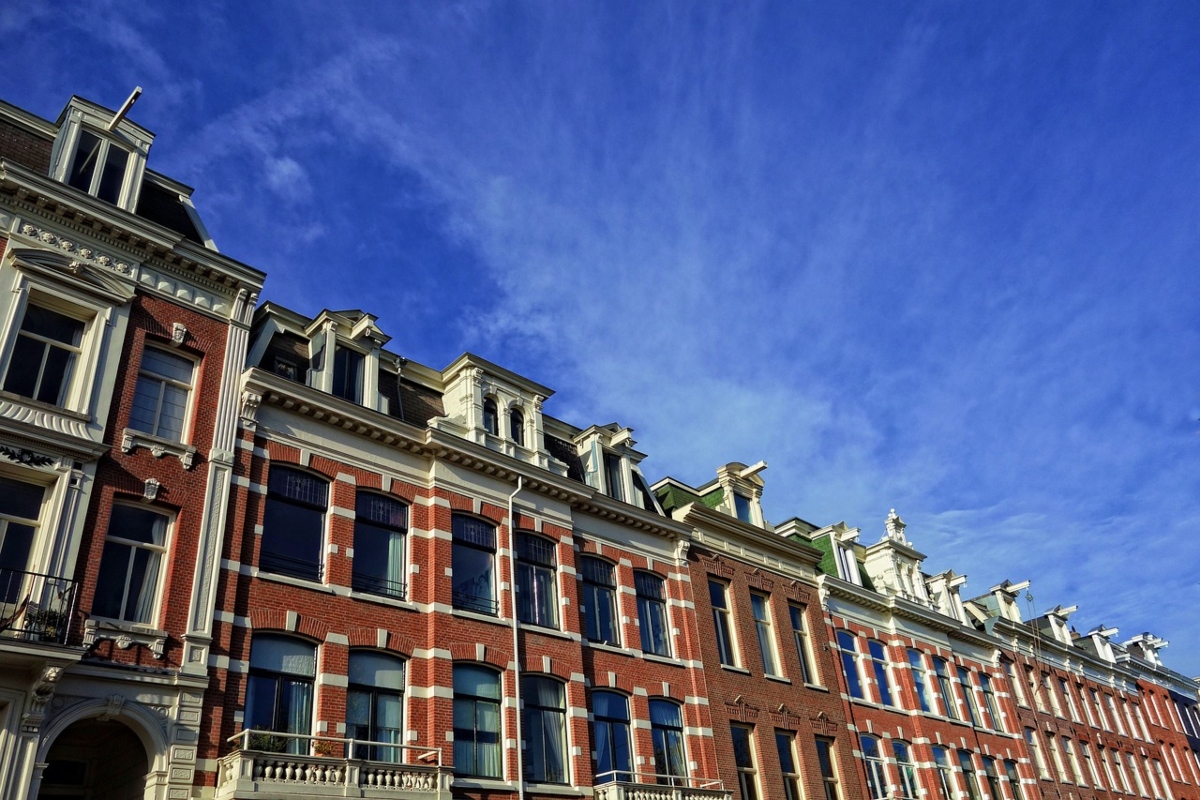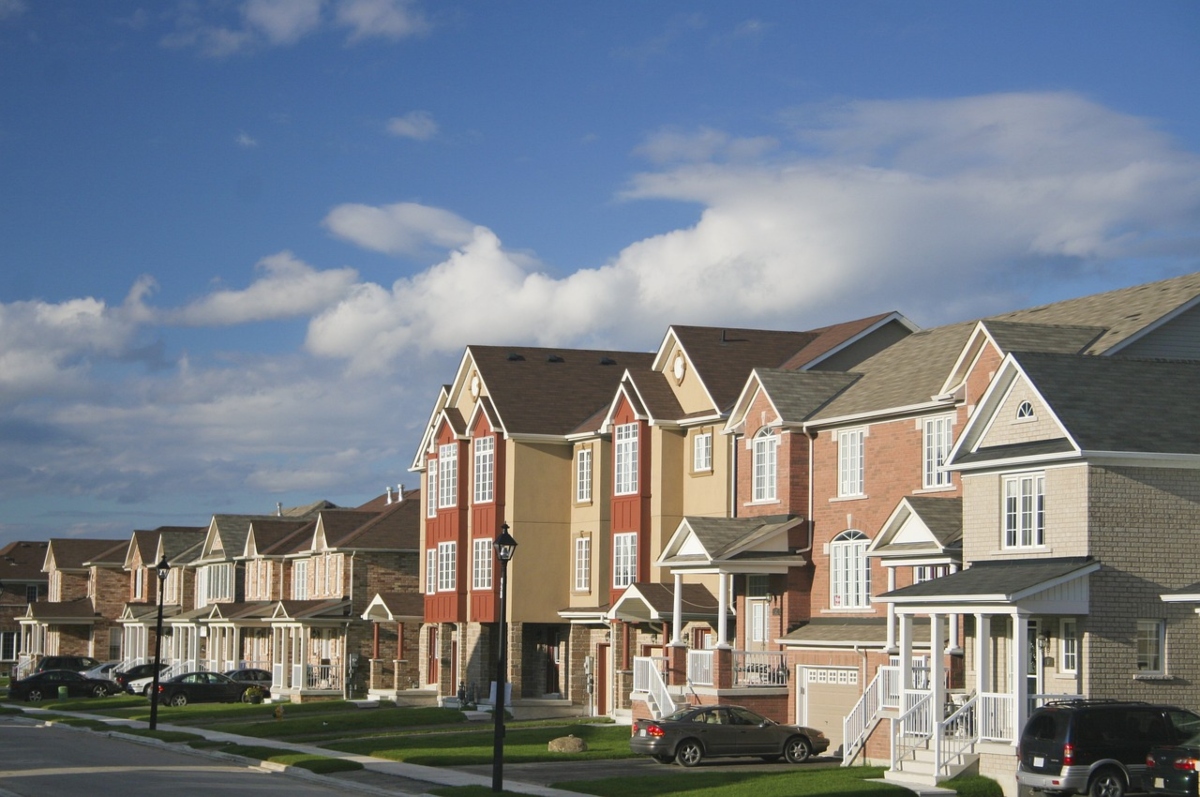
The townhouse offers homeowners a fantastic retreat where they can enjoy city life without feeling cramped. These homes are one of the most popular choices for urban and suburban homeowners, particularly those interested in owning their own space without the hassle of maintaining a large property.
But what is a townhouse? How is it different from a condo, apartment, or typical home? Today, we’ll dive into everything you need to know about townhouses to make the right decision for your living situation.
What does a townhouse look like?

A townhouse is typically a multistory home with at least one shared wall with another residence. You might notice townhouses in urban or suburban areas. These homes are notable thanks to their multiple stories, slim widths, small front yards, and proximity to other townhomes.
You’ll often find townhouses lining urban streets or as part of an apartment complex where renters can rent a townhouse from the apartment property owner. Townhouses in the U.S. also tend to lean toward traditional and Craftsman-style exterior builds with steeply pitched roofs, small front porches, and wide eaves. However, townhouses can also draw inspiration from many other domestic architectural styles.
Townhouse vs. row house
Often, the terms “townhouse” and “row house” are interchangeable. The only real difference between the two is that row houses tend to be more uniform than townhomes. The latter can vary in height, interior layout, and exterior facade compared to other townhomes beside it.
History of townhomes
The concept of the townhouse originated in England or France during the 17th century. Originally, townhouses were used by wealthier members of upper-class society as places of residence within the city. These people often had larger estates in the countryside for their families and used the townhouse solely for residence when doing their business when “in town.”
Eventually, the architectural design of townhomes came to the U.S. with the influx of immigrants to New York City. Today, we still see many old townhomes in Eastern American cities as population density grew and more wealthy landowners moved to the country.
While townhouses originated as secondary homes for the wealthy, they quickly gained popularity among the middle classes as more people populated the cities and suburbs.
Townhouse vs. condo

You might hear some people calling a townhouse a condo. Technically, a townhouse can be a part of a condominium, but it doesn’t have to be. Many townhouses are owned independently in the same way a typical house can be owned. However, it isn’t uncommon to find homeowners with townhouses in a condominium.
When looking to buy a townhouse, you’ll need to be sure to speak to the property owner or seller to gain clarification on whether the townhouse you’re interested in is part of a condominium, apartment complex, or privately owned. Independently owned townhouses allow you to customize the property more as a homeowner.
Townhouse vs. apartment

While townhouses may be up for rent in an apartment complex, they aren’t considered apartments. Apartments are typically single-story units resting on the floor of a larger building that contains several other units. They’re typically accessible via interior elevators, stairwells, or exterior staircases. A common feature of apartments is that tenants have neighbors above, below, and/or on either side of their own apartment.
Townhomes, however, are multistory units with only one or two neighbors on either side of the unit. A townhouse has an exterior front door, whereas many apartments have interior front doors within the larger complex. Townhouses might also have a small front or backyard, an attached garage, or a personal mailbox in front of their unit. Apartments often have shared parking spaces, no personal garage, no yard access, and group mailboxes rather than a personal front door mail slot.
Pros and cons of owning a townhouse

There are several pros and cons to owning and living in a townhouse.
Pros
- They are more affordable than normal houses.
- Townhouses are easier to maintain, could be part of an HOA, and have a smaller floor plan for easier cleaning.
- They can have access to shared amenities within an apartment complex or housing addition, such as a pool, gym, or tennis courts.
- Your townhouse might have a front porch or yard space that typical apartments lack.
Cons
- Townhomes can be part of an HOA, which can limit the exterior renovations allowed on the property.
- They are often located in busy urban or suburban areas that generate a lot of noise.
- There is less privacy from neighbors, particularly in the backyard space, due to close proximity.
- Townhomes don’t include a large yard or bigger property with ample room, so they may not be ideal for large families.
- Multistory living can be challenging for some people. The floor plan also may not feel as spacious as other homes.
While there are certainly many pros and cons to owning a townhouse, many homeowners enjoy living in these spaces. They are a popular choice for small families and urban residents. If you’re looking for a spacious place with outdoor space and access to city life, a townhome can be the perfect choice for you.



